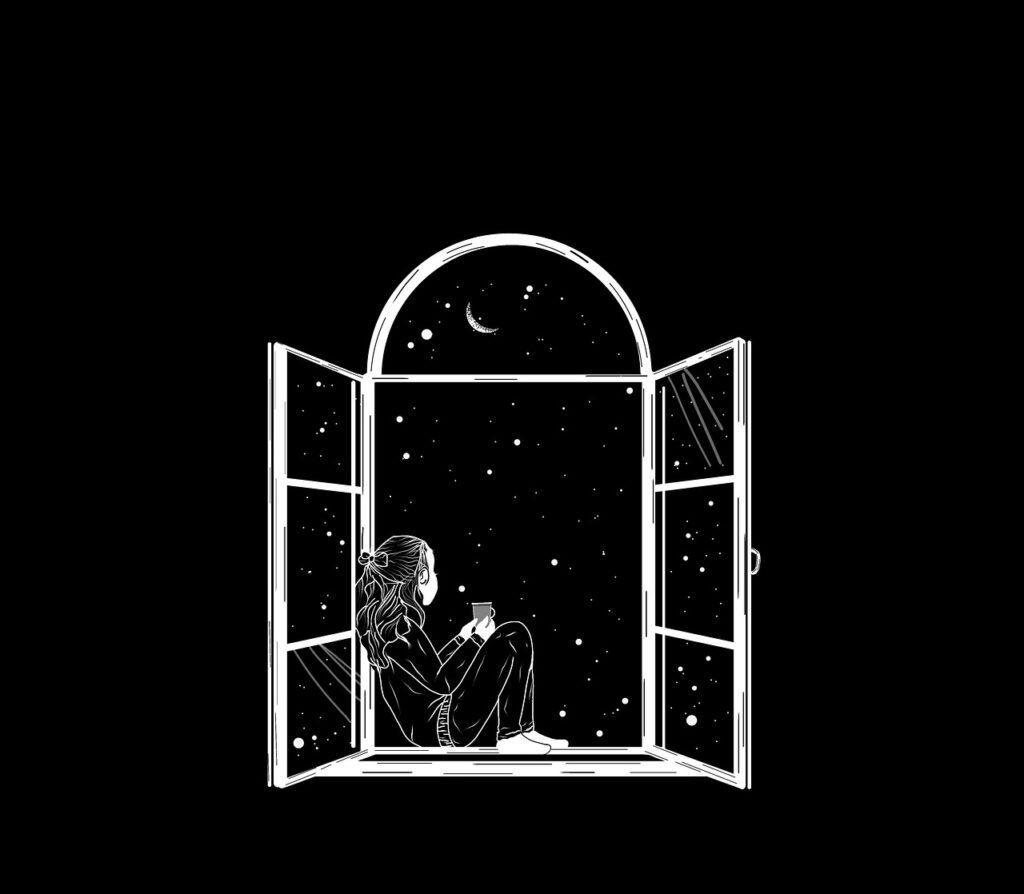I am fairly certain neither of our teenagers have ever heard the classic Monkeys tune, Daydream Believers, and yet, I am also pretty confident they are each regular daydreamers. But, while I believe this to be true, this post is not about their daydreams or even their life dreams; rather, it is about the ways they tend to coin phrases to capture their own way of doing things. In this case, it’s the idea they created and dubbed, scenarioizing. From what I gather based on my query just tonight, this is a form of daydreaming and yet has different implications for each girl.

In some ways, this self-created term can capture the simple act of daydreaming. You know, that time spent picturing yourself in a created scenario of your own choosing, especially an idealistic choosing wherein the world, the circumstances are everything you wish they could be or even were. In other ways, the term captures storytelling involving original characters and the various plot options they may find themselves in (or, more accurately, the plot options the storyteller places them in). Whatever the term translates into, what I understand is that this process provides our teenagers with outlets their hearts and minds sometimes need in order to escape the world as we know it.
At least that is my understanding because, as I have told each of my teenagers, I, too, tend toward this practice (even if I don’t use the same name to describe it). In fact, my girls and I have had conversations about this in the past, and, recently, I have admitted to my husband that there have been times during family get-togethers in which I am ensconced in my mind either creating a story or following a path of adventure in my internal landscape that is entirely fictional involving an alternate version of myself (you know, a more heroic, more gutsy main character protagonist-worthy version of myself engaged in a complicated scenario not remotely related to my real life).
As neurodivergent minds, my teenagers and I wander through a world that doesn’t always fit our differences. And while we can navigate that landscape pretty well, that doesn’t mean it isn’t at times a bit wearying. Perhaps that’s why I have often identified with the Ben Stiller-version of The Secret Life of Walter Mitty. Like Stiller’s Walter Mitty, I have rewritten or re-imagined moments with a difficult boss or seen myself as far more adventurous or bold or courageous or outspoken in a specific moment than I truly am. There is something empowering in the idea of becoming someone you aren’t, even if it’s only in your own mind.

Whatever their reasons for these forays into self-created adventures (theirs or a character’s or set of character), I applaud my teenagers for their ability to seek a bit of respite in a world that can feel like too much. After all, despite his indulgent, perhaps seemingly self-indulgent inner landscape adventures, Walter Mitty ultimately comes into his own in the real world. For my girls, their scenariozing feeds their creativity and often inspires story ideas. Even more, this practice connects us in a unique way, and that is something I find worth celebrating in each of us.
